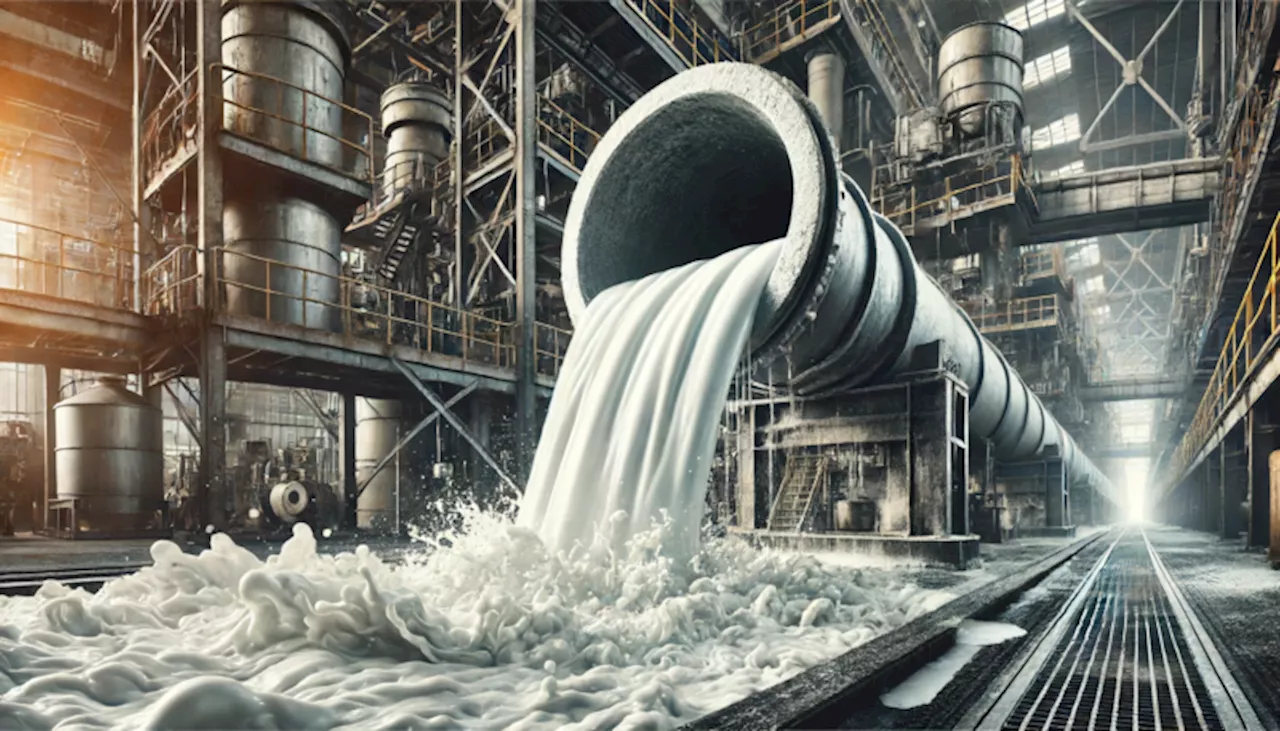Heavy fluid pumped hydro would be more expensive and not last as long than pumped hydro, and makes no sense at battery scale.
A recent online discussion on gravity storage brought the usual suspects out of the woodwork. Proponents of heavy fluid pumped hydro reared their sludgy heads this time. Follow along for why this is a silly idea, as all gravity storage options that aren’t pushing water uphill turn out to be.
Yet some people think it really needs improving on. One of those groups are the heavy fluids folks. Their concerns are some combination of a lack of vertical distance, a lack of water, or a lack of places to put pumped hydro. Let’s start with the last one.See all of those dots? A few years ago, the Australian National University and a group of people led by researcher Matt Stocks did a geographical information system study.
How much fresh water does the USA consume daily? About 1,200 million cubic meters. Do pumped hydro facilities consume the water? No, it just goes up and down, with a bit of evaporation requiring topping off. Pumped hydro facilities don’t require a new 28 million cubic meters of water every day, they just play with the water they have. 30 GWh of storage requires about one-fortieth of a single day’s water consumption, and doesn’t consume it.
What are they claiming? That by using heavier fluids, they can reduce height or volume of fluids, typically by 60%. Remember, it’s mass times acceleration due to gravity times height. There are no exponents in there, unlike with the volume of reservoirs cubing or wind energy swept area squaring or wind velocity power cubing. The increase of energy for pumped hydro by making the fluid heavier is linear. Double the mass of the fluid and you get double the potential energy storage.
They are asserting that their fluid has 2.5 times more mass per cubic meter as water. As a result, they can use 40% of the water or 40% of the height and get the same energy storage. Given that neither water or height are remotely limited resources or particularly hard to exploit, this is a bit of head-scratcher, but maybe it’s cheaper?
My first thought was that the secret sauce might be silicon dioxide, also known as colloidal silicon, commonly used as a bulking agent in tablets. The colloidal part is important for this. Colloidal suspensions are different than non-colloidal ones in a few ways, but the significant one is that the particles don’t settle out, being fine enough to stay in the mixture through Brownian motion.
Remember that bit about colloidal suspensions? Barite doesn’t tick that box by itself. Typically bentonite is added, a clay which increases the viscosity of water so that the bentonite particles remain colloidally suspended. This is commonly used in drilling. We’ll come back to that viscosity later. Plain water costs perhaps $4 per ton. The colloidal suspension costs about $90 per ton. That’s 22.5 times more expensive for 2.5 times as much energy storage.
Actually a bit more. The bentonite and barite aren’t going to get to the site for free. Let’s assume that they have to travel 500 kilometers, 400 of it by rail and 100 by truck. Freight trucking in the USA costs about $0.25 per ton kilometer. Rail costs around $0.04 per ton kilometer. Add another $700 million to the cost. It’s now $1.7 billion more, about 33% more expensive, for the same energy storage.
United Kingdom Latest News, United Kingdom Headlines
Similar News:You can also read news stories similar to this one that we have collected from other news sources.
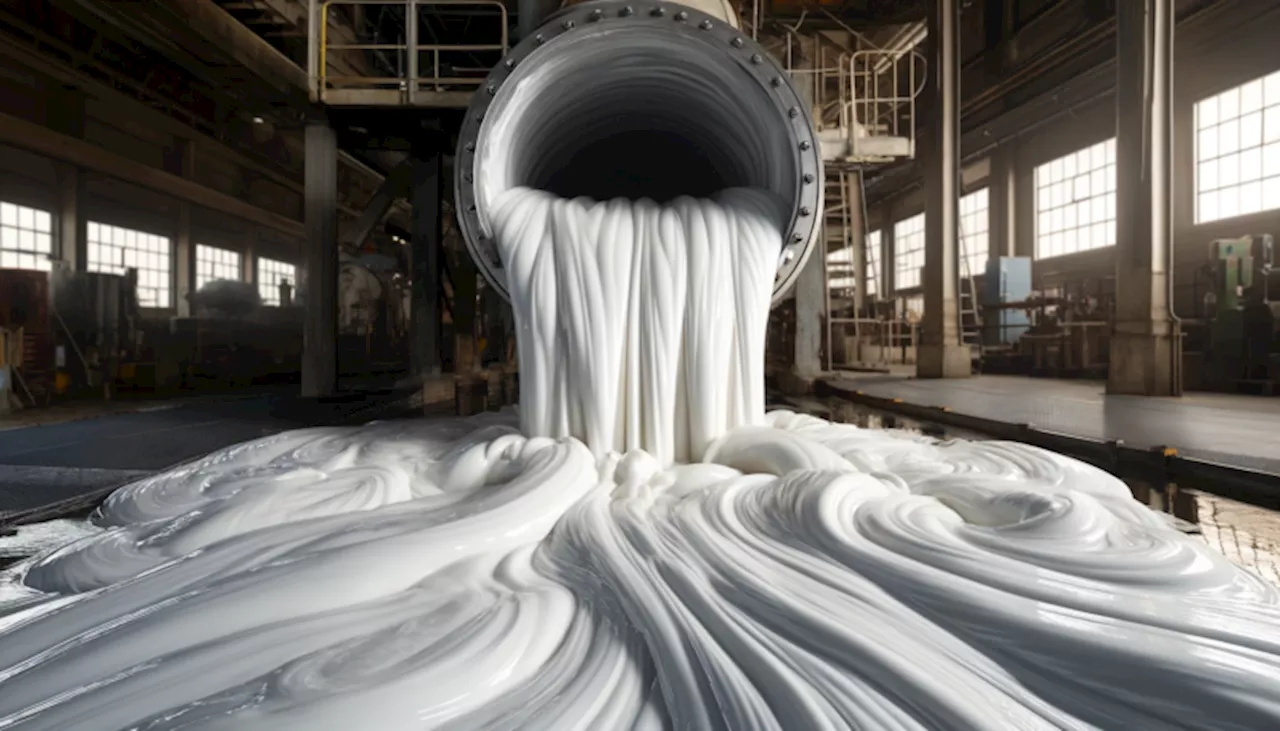 No, Heavy Fluid Pumped Hydro Isn’t Remotely Reasonably Or Economically ViableFluids that are 2.5 times as heavy as water are oozing sludge that won't turn turbine blades.
No, Heavy Fluid Pumped Hydro Isn’t Remotely Reasonably Or Economically ViableFluids that are 2.5 times as heavy as water are oozing sludge that won't turn turbine blades.
Read more »
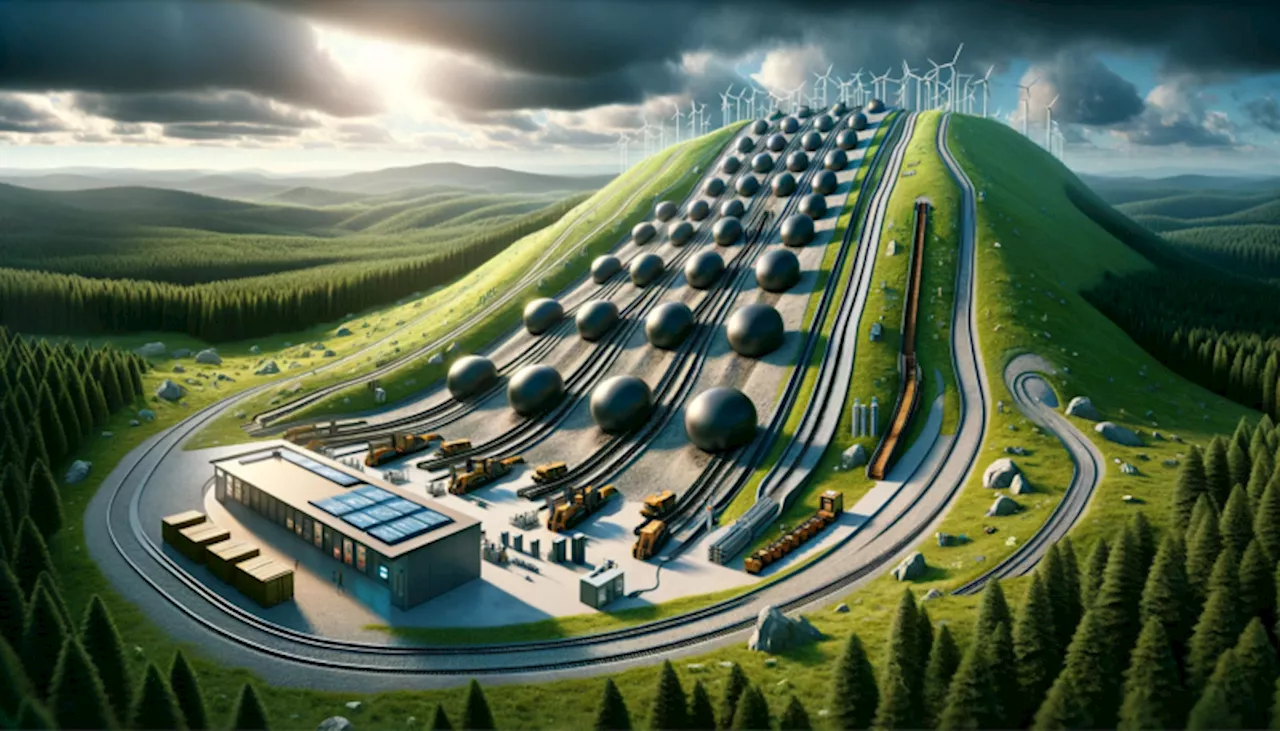 Gravity Storage 101, Or Why Pumped Hydro Is The Only Remotely Real Gravity StorageAs a reminder, pumped hydro is the gravity storage solution that actually works, unlike sand, elevators, and hillside rail systems.
Gravity Storage 101, Or Why Pumped Hydro Is The Only Remotely Real Gravity StorageAs a reminder, pumped hydro is the gravity storage solution that actually works, unlike sand, elevators, and hillside rail systems.
Read more »
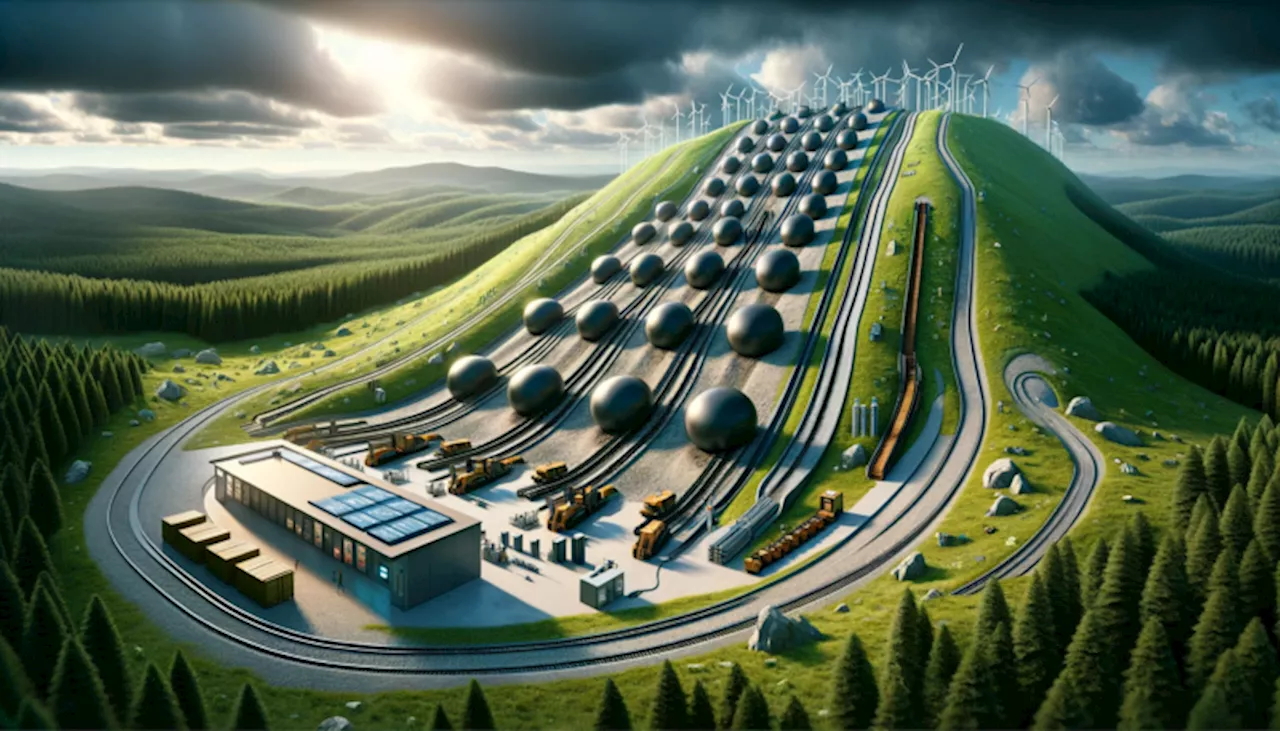 Gravity Storage 101, Or Why Pumped Hydro Is The Only Remotely Real Gravity StorageAs a reminder, pumped hydro is the gravity storage solution that actually works, unlike concrete blocks, elevators, and hillside rail systems.
Gravity Storage 101, Or Why Pumped Hydro Is The Only Remotely Real Gravity StorageAs a reminder, pumped hydro is the gravity storage solution that actually works, unlike concrete blocks, elevators, and hillside rail systems.
Read more »
 Solving The Pumped Hydro Energy Storage Problem, With BuildingsThe Swiss firm Energy Vault has hooked up with an A-list architecture firm to integrate gravity-based energy storage systems in skyscrapers.
Solving The Pumped Hydro Energy Storage Problem, With BuildingsThe Swiss firm Energy Vault has hooked up with an A-list architecture firm to integrate gravity-based energy storage systems in skyscrapers.
Read more »
 Amazon Is Having a Massive Memorial Day Sale on Hydro Flask Water Bottles and Tumblers — Up to 40% OffHydro Flask water bottles and tumblers are up to 40% off at Amazon for Memorial Day.
Amazon Is Having a Massive Memorial Day Sale on Hydro Flask Water Bottles and Tumblers — Up to 40% OffHydro Flask water bottles and tumblers are up to 40% off at Amazon for Memorial Day.
Read more »
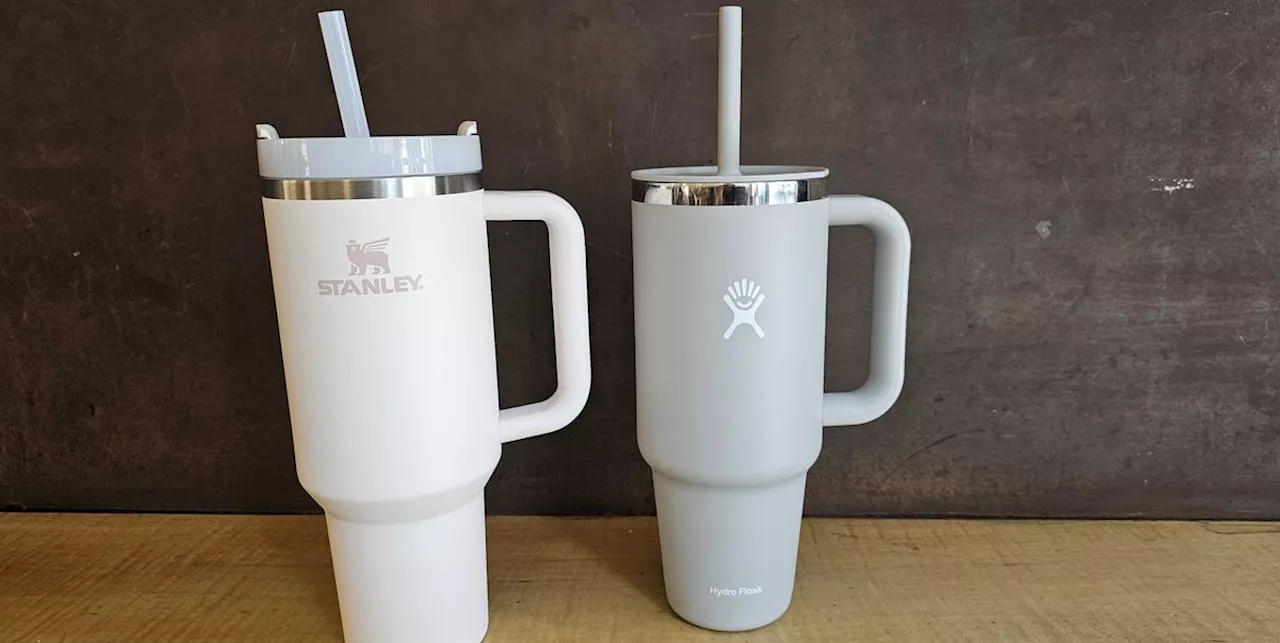 Hydro Flask Vs. Stanley Tumbler Comparison: Our Honest ReviewWe compared Stanley to Hydro Flask, putting their 40 oz. tumbler designs to the test to determine who comes out on top in the great water bottle debate.
Hydro Flask Vs. Stanley Tumbler Comparison: Our Honest ReviewWe compared Stanley to Hydro Flask, putting their 40 oz. tumbler designs to the test to determine who comes out on top in the great water bottle debate.
Read more »
